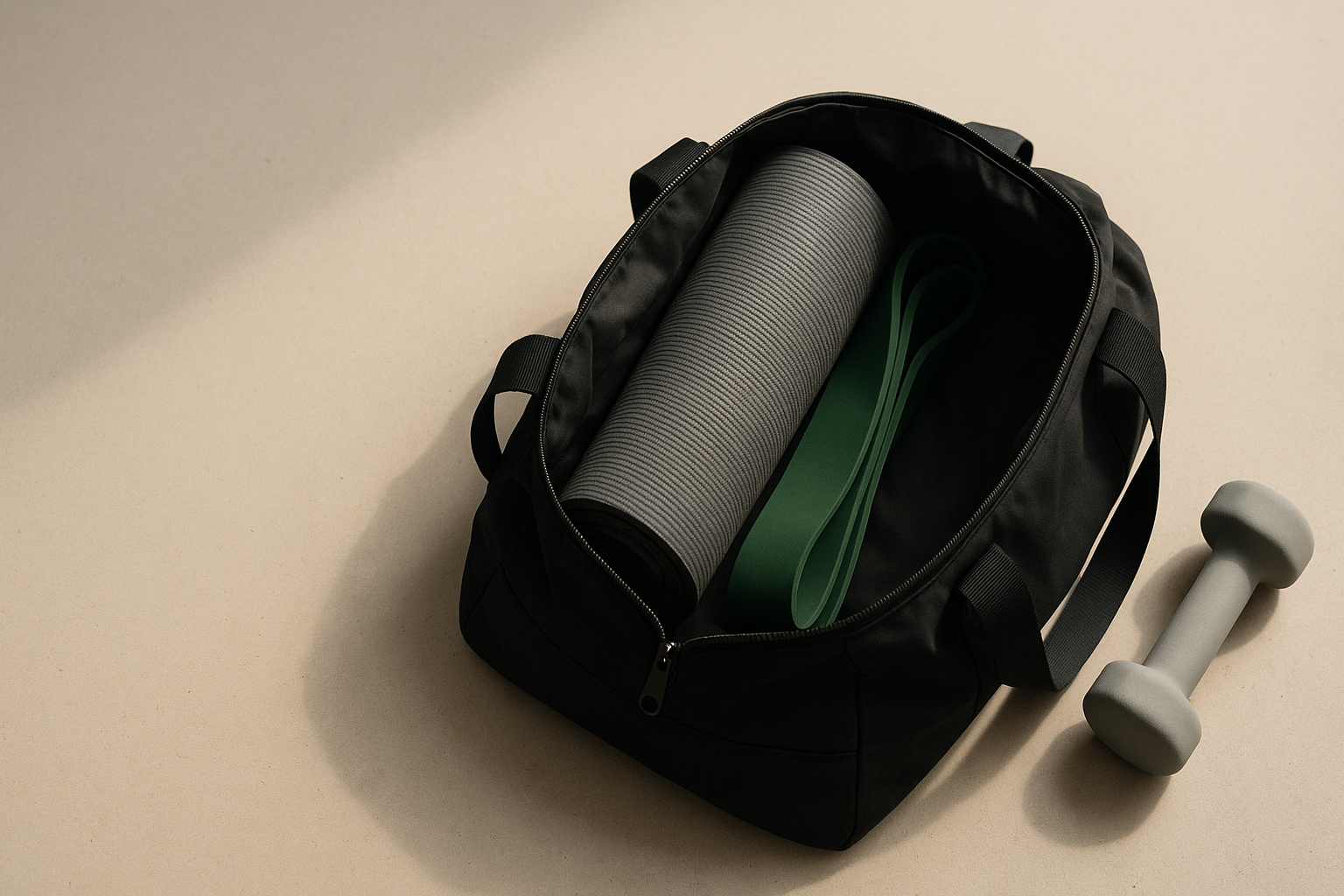Some people try ketogenic eating for appetite control or focus. The first two weeks can be the hardest. A careful plan lowers friction and keeps expectations honest.
What the first days feel like
Fatigue, irritability, and “heavy legs” are common while your body shifts fuels. Hydration and electrolytes (sodium, potassium, magnesium) help many people feel better.

Training reality
High‑intensity work may feel slower. Keep easy runs and walks, dial back sprints, and focus on technique and mobility. Re‑introduce intensity after two weeks if energy returns.

Food pattern
Center meals on non‑starchy vegetables, olive oil, avocado, eggs, fish, tofu, poultry, nuts, and seeds. Keep protein adequate. Use berries and dairy mindfully. Avoid turning keto into an ultra‑processed meat snack diet.
Checkpoints
If sleep worsens, cramps appear, or mood stays low, cut back on restriction or choose a different approach. If you live with a metabolic or cardiovascular condition, talk to your clinician first.
Takeaway
Keto can be a tool, not an identity. Approach it as an experiment with clear guardrails and a permission to stop if it doesn’t serve you.


















